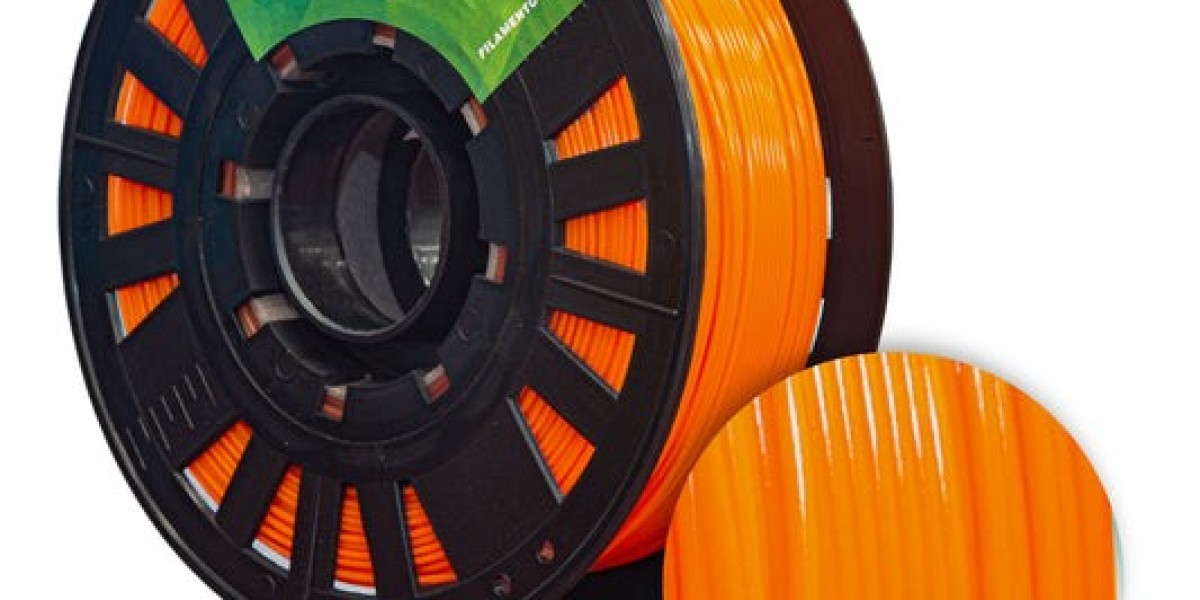Are you looking to get the most out of your 3D printer? One of the key factors in achieving high-quality prints is choosing the right 3D filament. With so many options available in the market, it can be overwhelming to decide which material is best suited for your needs. In this comprehensive guide, we will explore the different types of 3D filaments, their unique characteristics, and applications to help you make an informed decision.
What are 3D Filaments?
3D filaments are the materials used in 3D printing to create physical objects layer by layer. They come in a variety of types, each with its own set of properties that affect the final print quality. The most common types of 3D Filaments include PLA (Polylactic Acid), ABS (Acrylonitrile Butadiene Styrene), PETG (Polyethylene Terephthalate Glycol), and TPU (Thermoplastic Polyurethane).
PLA is a biodegradable and environmentally-friendly filament that is easy to print with and offers good strength and surface finish. ABS is a durable and impact-resistant filament that is ideal for functional parts. PETG combines the best properties of both PLA and ABS, making it a versatile choice for a wide range of applications. TPU is a flexible filament that is ideal for creating soft and elastic parts.
Understanding 3D Printing Filament
When choosing a 3D filament, it is important to consider factors such as material properties, print settings, and intended use. Each type of filament has unique characteristics that affect printing temperature, bed adhesion, and cooling requirements. By understanding these properties, you can optimize your printing process and achieve the best results.
For example, PLA filament is best printed at temperatures between 180-220°C, while ABS requires higher temperatures of 220-250°C. PETG is known for its good layer adhesion and minimal warping, making it a popular choice for mechanical parts. TPU, on the other hand, requires specialized printing settings due to its flexible nature.
Choosing the Right 3D Filament
The choice of 3D filament depends on the specific requirements of your print project. If you are looking for a material that is easy to print with and environmentally-friendly, PLA is a great option. For functional parts that require durability and impact resistance, ABS is a suitable choice. PETG offers a balance between strength and flexibility, making it ideal for a wide range of applications.
Additionally, consider the properties of each filament, such as layer adhesion, dimensional accuracy, and print speed. Some filaments may require additional post-processing steps, such as sanding or painting, to achieve a smooth finish. By evaluating these factors, you can select the best material for your 3D printing needs.
Conclusion
Choosing the right 3D Printing Filament is essential for achieving high-quality prints with your 3D printer. By understanding the unique properties of each material and considering factors such as print settings and intended use, you can make an informed decision. Whether you are a beginner or an experienced maker, selecting the best filament for your project will help you achieve the desired results. Experiment with different types of filaments to discover which material works best for your specific application. Happy printing!



